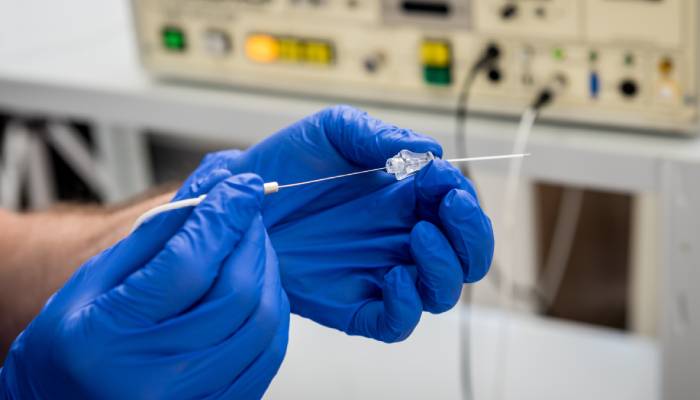How VoIP Can Minimize Hospital Communication Costs?

Know The Role Of Oral Health In Combating Viral Infections
April 21, 2021
All You Need To Know About Medavakkam
January 1, 2022The good news is here! Cloud-based VoIP systems reduce long-distance charges, and hospitals are taking notice. VoIP providers in India offer several packages that have changed the way people communicate in hospitals, clinics, and healthcare offices. The services have also evolved into a cost-effective way of communicating with patients and medical counterparts at a lower cost than traditional phone services. Read more here.
9 Ways VoIP Can Help Hospitals Minimize Communication Costs
VoIP phone lines provide improved audio quality, call queue management, and schedule messages. It provides an unrivaled level of control over calls and can be managed by staff members. To put it simply, VoIP is a cost-cutting measure that can help healthcare providers deal with rising costs, along with improving the overall patient experience in hospitals and clinics. VoIP systems can improve productivity and efficiency and help healthcare workers keep up with the constantly changing demands.
However, a reduced communication cost and ease of operation make VoIP in India a popular communication method. Here is more to it.
- VoIP systems are installed over existing computer networks, so hospitals do not purchase additional equipment. It means less downtime and better call efficiency.
- VoIP enables patients to be connected to the appropriate department more quickly, and voicemails can be converted to text and accessed from any device at any time.
- A VoIP solution can help organizations avoid the unsustainable cycle of paying for a system they don’t need or want.VoIP can save you money by using your existing infrastructure and phone system.
- VoIP technology is a significant advancement in the healthcare industry, allowing teams to consult with one another from virtually any location, saving time and money.
- VoIP systems can provide detailed insights into the needs and behaviours of your clients, allowing you to make key decisions without having to devote time, money and effort to gathering critical metrics.
- VoIP providers incorporate redundancy into their systems to ensure that the system will not collapse in the event of a failure, saving significant time, money and effort.
- VoIP providers can integrate a scalable phone system to grow or cut back on services.
- VoIP phones are cost-effective, quick, and uncomplicated to install and help to keep maintenance costs down by allowing for remote updates.
- If you’re still using an outdated phone system, your IT maintenance costs will continue to rise. VoIP can help reduce expenses by consolidating multiple phone systems across multiple locations.

VoIP Features That Benefits Healthcare Providers
VoIP phone systems can streamline your processes and improve phone quality. These systems reduce IT complexity, save money on telephone bills, and provide advanced features not available with traditional business phone systems. Hence, when investing in a new medical office phone system, consider the following features.
- Modern VoIP phone systems are designed to be simple while providing advanced features. They are incredibly easy to use, and the built-in features can be productivity enhancers.
- The system allows employees to configure an after-hours IVR and voicemail box, and doctors can receive their voicemails via email.
- VoIP phone systems make communication between callers, office staff, and doctors easier, and fewer missed calls and voicemails result in increased productivity.
- The phone system’s mobile app allows healthcare providers to change the phone greeting, reroute emergency calls, check voicemails, and make and receive calls.
- Physicians who have multiple locations struggle with maintaining phone systems and call transfer.
- VoIP phone systems are better than traditional phone systems regarding call quality. VoIP phone systems contribute to a better patient experience.VoIP solutions combine multiple phone systems into one extension accessible from anywhere.
- VoIP combines the cloud and VoIP to create a crystal clear calling and video conferencing environment.
- VoIP phone service allows hospitals to collect multiple calls simultaneously and track the status of calls.
- VoIP can be used to collect payments from patients and can also be used to send appointment reminders.
- VoIP technology can determine the importance of a patient’s call based on automated questions.
Key Takeaway:
You’re probably aware that it doesn’t take long to become frustrated with the inability to work around the technical limitations of an out-of-date or inadequate phone system. A VoIP consolidates multiple telephone systems into a single system, reducing costs and frustration. Please take note of the advantages of a VoIP system listed above and make the most of it!




